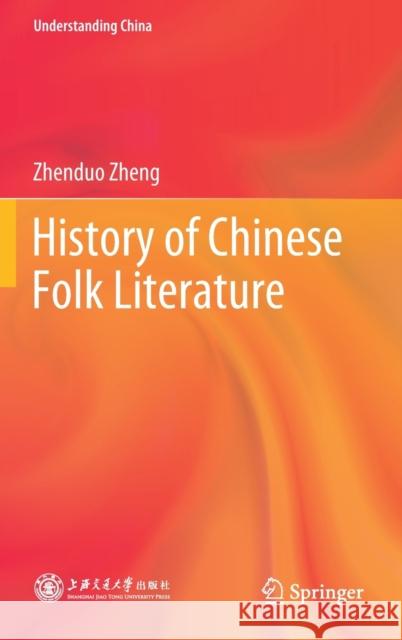History of Chinese Folk Literature » książka
topmenu
History of Chinese Folk Literature
ISBN-13: 9789811654442 / Angielski / Twarda / 2021 / 678 str.
History of Chinese Folk Literature
ISBN-13: 9789811654442 / Angielski / Twarda / 2021 / 678 str.
cena 504,67 zł
(netto: 480,64 VAT: 5%)
Najniższa cena z 30 dni: 501,19 zł
(netto: 480,64 VAT: 5%)
Najniższa cena z 30 dni: 501,19 zł
Termin realizacji zamówienia:
ok. 20 dni roboczych.
ok. 20 dni roboczych.
Darmowa dostawa!
Kategorie:
Kategorie BISAC:
Wydawca:
Springer
Seria wydawnicza:
Język:
Angielski
ISBN-13:
9789811654442
Rok wydania:
2021
Wydanie:
2021
Numer serii:
000467126
Ilość stron:
678
Waga:
1.06 kg
Wymiary:
23.39 x 15.6 x 3.51
Oprawa:
Twarda
Wolumenów:
01
Dodatkowe informacje:
Wydanie ilustrowane











